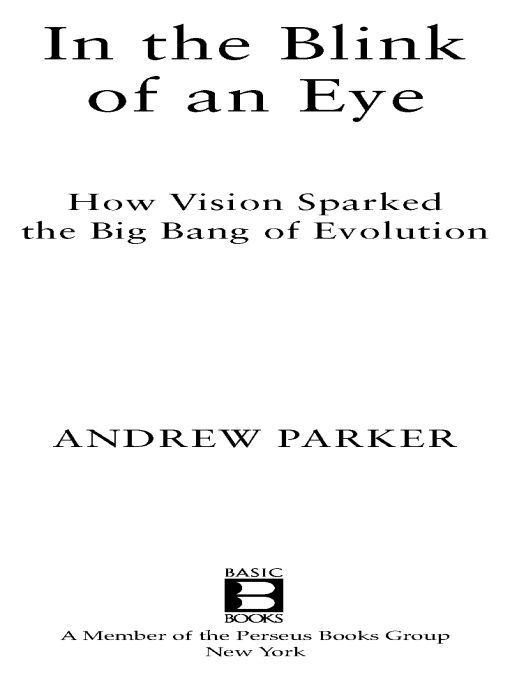In The Blink Of An Eye
Read In The Blink Of An Eye Online
Authors: Andrew Parker

Table of Contents
Â
Â
Â
Â
Â
Â
Â
Â
Â
Â
Â
Â
Â
Â
Table of Figures
Â
Other books
The Double Silence by Mari Jungstedt
Shadows of Moth by Daniel Arenson
Alien Exile: An Alien Warrior Romance (The Tourin Legacy Book 5) by Immortal Angel
Wizard's Holiday, New Millennium Edition by Diane Duane
The Killing Season by Pearson, Mark
Your Brain on Porn by Gary Wilson
Then There Was You by Melanie Dawn
Forever England by Mike Read
Wolfsbane (Howl #3) by Morse, Jody, Morse, Jayme
Emily Hendrickson by The Scoundrels Bride